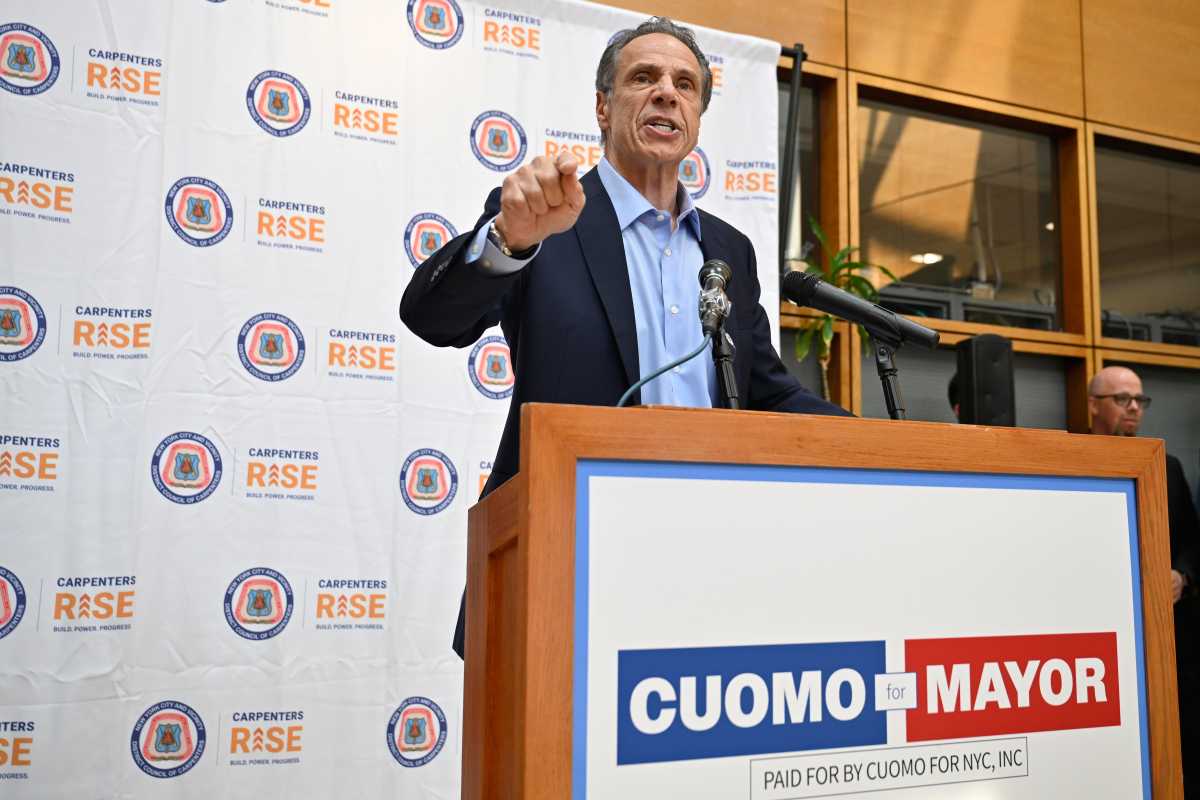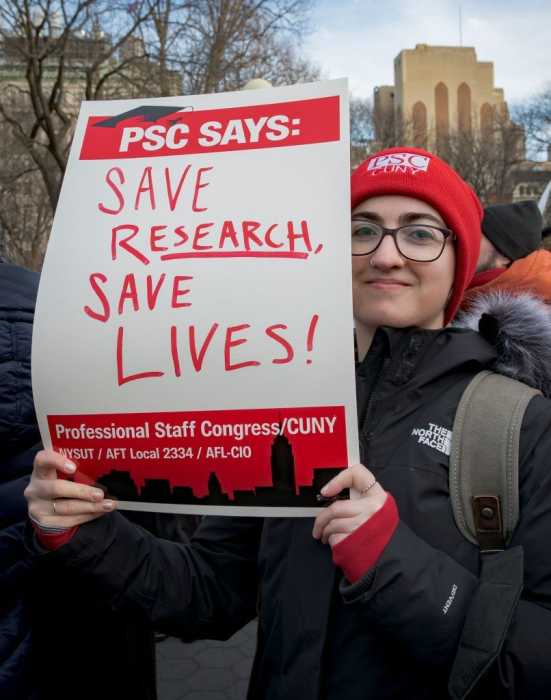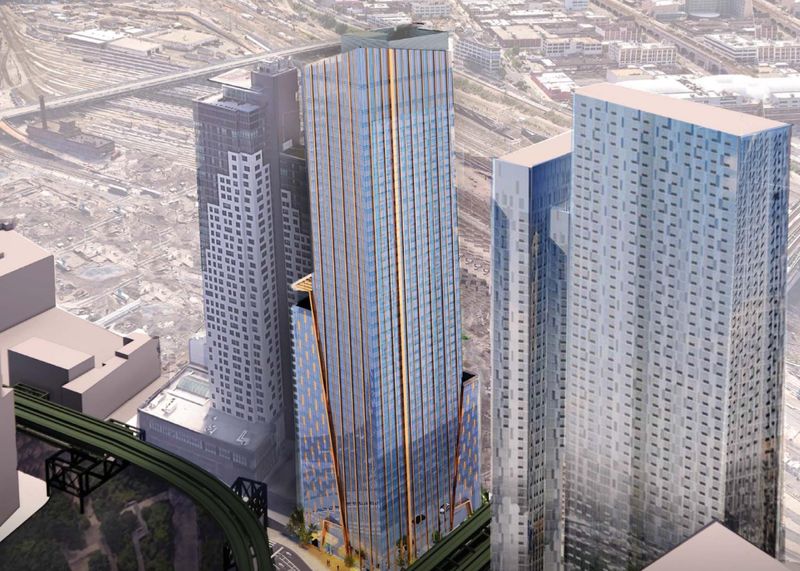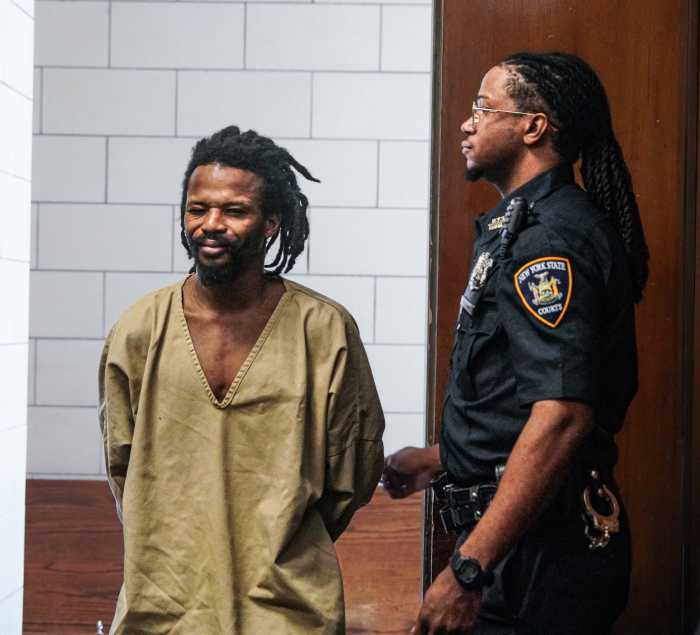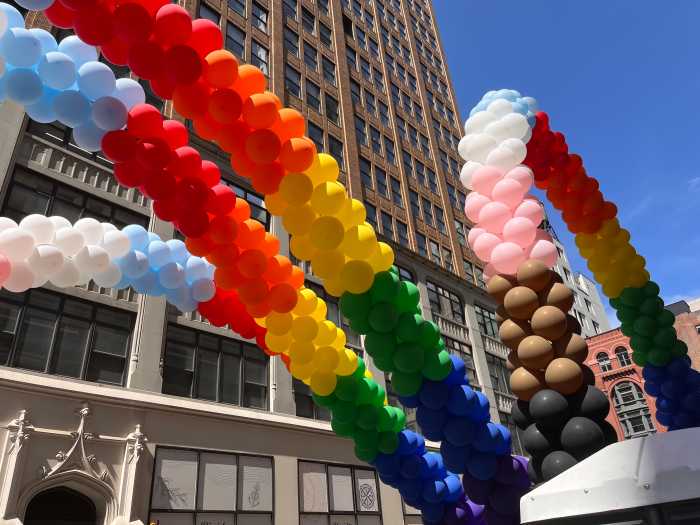By Larry Penner
There is more to “No. 7 called city’s best” and “7 train is tops in city straphangers reports” (Sept. 25 issue). The Subways Report Card issued by the New York State Public Interest Research Group was interesting, but missed some key issues. Their “Best to Worst Metro Card Ratings” for what they believe is the value of a ride on each of the 20 subway lines was incomplete. They used the fare of $2.75 as a baseline with various factors to determine the value of a ride. The Flushing No. 7 line was #1 in value at $2.15 while the B line came in last at $1.45. This analysis did not include a number of factors.
In 1996, the MetroCard was introduced. It included a free transfer between New York City Transit and New York City Department of Transportation-franchised subsidized buses. A significant number of riders saved money by elimination of the two-fare zone. Clearly, the value of their subway ride is worth more with a free transfer from a bus. More and more employers—including the federal, state and city governments along with various private employers—offer TransitChek to their employees. This provides major savings for the cost of anyone’s monthly MetroCard. Again, this significantly reduces the cost per ride of anyone using a MetroCard, clearly increasing the value of each ride.
Another issue not factored in is the value by distance per trip. Trips on any of the 20 subway lines can range from 30 minutes to 60 minutes or more, especially for those between boroughs. Isn’t a longer ride worth more to the rider?
Frequency of service is also dependent upon cost and funding sources. Reduction of waiting times between trains especially off-peak and late-night would require running more trains. This can only be accomplished if both New York City and New York state provide millions of dollars more in operating assistance.
Reliability of subway service on each line is also impacted by the mean distance between failures (when a car has to be removed from service for unscheduled maintenance) and average age of each fleet assigned to accommodate riders. It is always a struggle for the MTA/NYCT to have sufficient funding in place to replace older subway cars as they reach the end of useful life. It can average five years or more between the design, procurement, construction, delivery and acceptance of new subway cars before riders reap the benefits.
Managing the New York City Transit subway system is the equivalent of running a Fortune 500 company. It has never been easy. At the end of the day, the success of NYCT, including successfully meeting all the goals as outlined in the Subway Report Card, is dependent upon adequate funding. This includes farebox revenue, as well as city, state and federal financial assistance. Unless all four partners carry their respective loads, service will never reach the optimum level millions of daily customers desire. Riders and the federal government (Uncle Sam pays for about 35 percent of the capital program not counting even more provided under the New Starts program for such projects as the Second Avenue Subway) are pulling their weight. It is both Albany and New York City who are not contributing their fair share.
Based upon the original 1951 Master Lease and Operating agreement, it is the City of New York who actually owns the buses and subways. The MTA is really managing the system under contract to City Hall without adequate financial support. At the end of the day, subway riders are dependent on Mayor Bill de Blasio and the New York City Council to do the right thing and significantly increase New York City’s financial contribution.
Larry Penner
Great Neck



